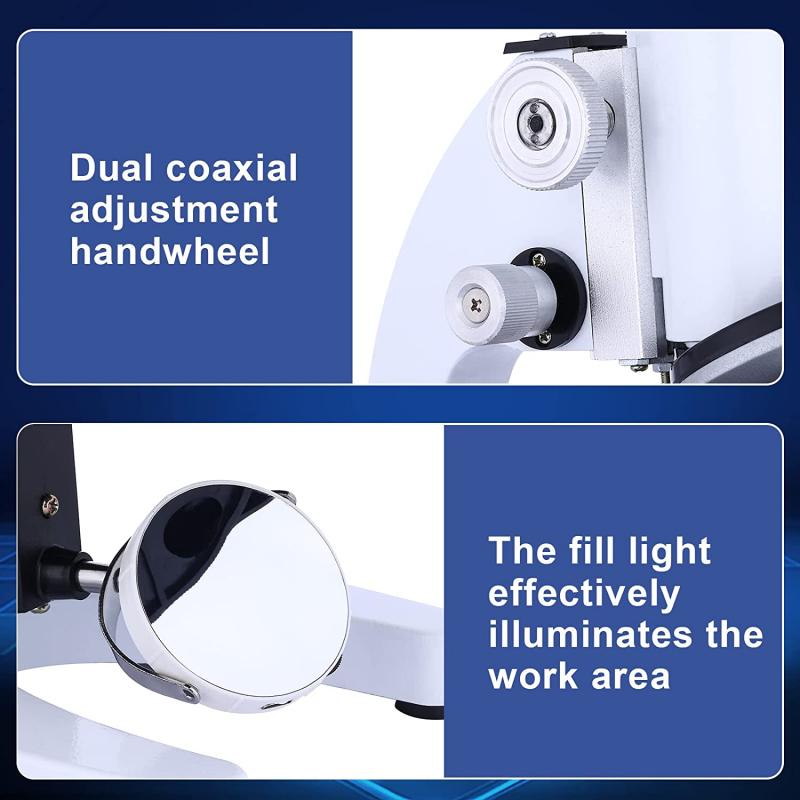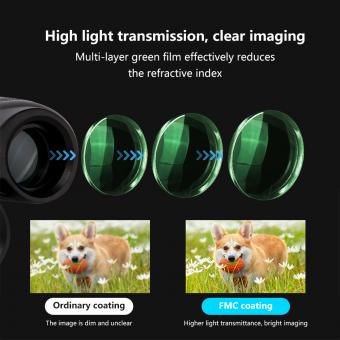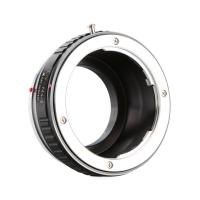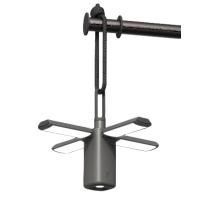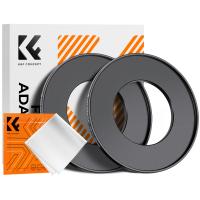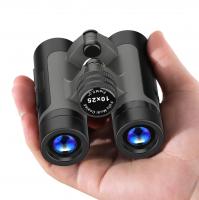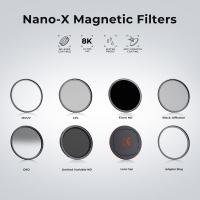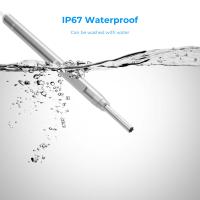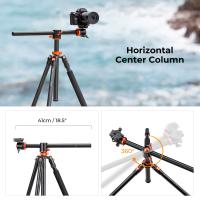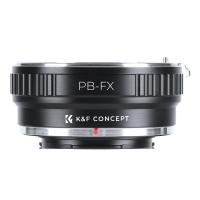How To Use A Microscope Bbc Bitesize ?
To use a microscope, first, place the slide on the stage and secure it with the stage clips. Adjust the objective lens to the lowest magnification and use the coarse focus knob to bring the slide into focus. Then, use the fine focus knob to sharpen the image. Adjust the diaphragm to control the amount of light passing through the slide. Finally, switch to higher magnifications by rotating the objective lens and refocus using the fine focus knob. Remember to always handle the microscope with care and clean the lenses before and after use.
1、 Microscope parts and their functions
Microscope parts and their functions are essential to understand in order to effectively use a microscope. The following is a comprehensive guide on how to use a microscope, with a focus on the latest point of view.
1. Eyepiece: Also known as the ocular lens, the eyepiece is where you look through to observe the specimen. It typically magnifies the image by 10x.
2. Objective lenses: These are located on the revolving nosepiece and provide different levels of magnification. Common magnifications include 4x, 10x, 40x, and 100x. The higher the magnification, the greater the detail you can observe.
3. Stage: The stage is where you place the slide containing the specimen. It usually has clips to hold the slide in place.
4. Coarse and fine focus knobs: These knobs are used to bring the specimen into focus. The coarse focus knob is used initially to bring the specimen into view, while the fine focus knob is used for precise focusing.
5. Condenser: The condenser is located beneath the stage and helps focus the light onto the specimen. It can be adjusted to control the amount of light passing through the specimen.
6. Diaphragm: The diaphragm is used to adjust the amount of light passing through the condenser. It can be opened or closed to control the brightness and contrast of the image.
7. Light source: The microscope is typically equipped with a built-in light source, usually an LED, to illuminate the specimen.
To use a microscope, start by placing the slide on the stage and securing it with the clips. Adjust the condenser and diaphragm to optimize the lighting. Begin with the lowest magnification objective lens and use the coarse focus knob to bring the specimen into view. Once the specimen is in focus, use the fine focus knob to sharpen the image. If needed, switch to higher magnification objective lenses to observe finer details.
Remember to handle the microscope with care, avoid touching the lenses, and clean them with lens paper if necessary. Regular maintenance and proper storage will ensure the longevity of the microscope.
In conclusion, understanding the parts and functions of a microscope is crucial for its effective use. By following these guidelines, you can explore the microscopic world and gain a deeper understanding of various specimens.
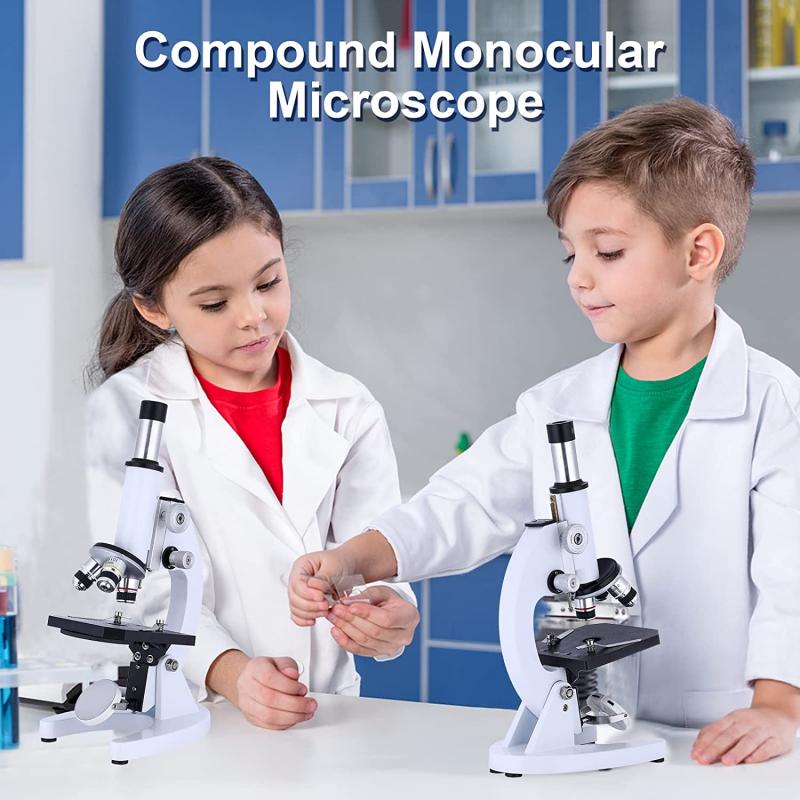
2、 Setting up and adjusting the microscope
Setting up and adjusting a microscope is an essential skill for anyone working in the field of science or biology. The BBC Bitesize website provides a comprehensive guide on how to use a microscope, offering step-by-step instructions and helpful tips.
To begin, the first step is to ensure that the microscope is placed on a stable surface. This will prevent any unnecessary movement or vibrations that could affect the accuracy of your observations. Next, you need to adjust the light source. The BBC Bitesize guide suggests using the mirror or light switch to adjust the brightness and angle of the light, ensuring that it is directed onto the specimen.
Once the light is properly adjusted, it is time to focus the microscope. The guide advises starting with the lowest magnification objective lens and using the coarse focus knob to bring the specimen into view. Then, the fine focus knob can be used to sharpen the image. It is important to remember to always start with the lowest magnification and work your way up to higher magnifications to avoid damaging the microscope or the specimen.
The BBC Bitesize guide also emphasizes the importance of proper care and maintenance of the microscope. This includes cleaning the lenses with lens paper, storing the microscope in a dust-free environment, and avoiding touching the lenses with bare hands.
In conclusion, the BBC Bitesize guide on how to use a microscope provides a comprehensive and easy-to-follow set of instructions for setting up and adjusting a microscope. By following these steps, users can ensure accurate observations and prolong the lifespan of their microscope.
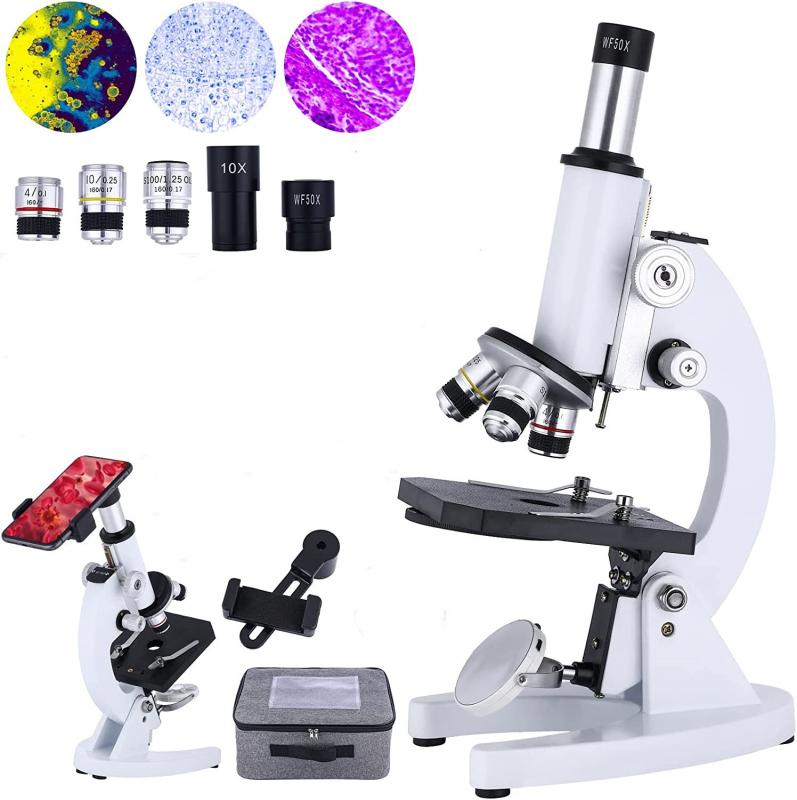
3、 Focusing techniques for different types of specimens
Focusing techniques for different types of specimens are essential when using a microscope to ensure clear and accurate observations. The BBC Bitesize website provides a comprehensive guide on how to use a microscope, including tips on focusing techniques.
According to BBC Bitesize, the first step in focusing is to start with the lowest magnification objective lens. This allows for a wider field of view and easier focusing. Once the specimen is in view, the coarse focus knob should be used to bring the specimen into rough focus. This knob moves the stage up and down, adjusting the distance between the objective lens and the specimen.
After achieving rough focus, the fine focus knob should be used to bring the specimen into sharp focus. This knob makes smaller adjustments to the stage position, allowing for precise focusing. It is important to make small, gradual adjustments to avoid overshooting the focus point.
Different types of specimens may require specific focusing techniques. For transparent specimens, such as cells or thin sections, the use of a condenser and adjusting the light intensity may be necessary to enhance contrast and visibility. On the other hand, opaque specimens, like insects or solid samples, may require adjusting the angle of illumination or using a lower magnification objective lens to capture the entire specimen.
It is worth noting that the latest point of view emphasizes the importance of using the appropriate magnification and resolution for each type of specimen. Advances in microscopy technology, such as confocal microscopy or super-resolution microscopy, have allowed for more detailed and precise observations of specimens. These techniques can provide clearer images and enable researchers to study cellular structures and processes in greater depth.
In conclusion, focusing techniques for different types of specimens are crucial when using a microscope. The BBC Bitesize guide provides a helpful overview of the steps involved in focusing, starting with the lowest magnification objective lens and using the coarse and fine focus knobs. Additionally, the latest point of view highlights the importance of using the appropriate magnification and resolution for each type of specimen, taking advantage of advancements in microscopy technology.
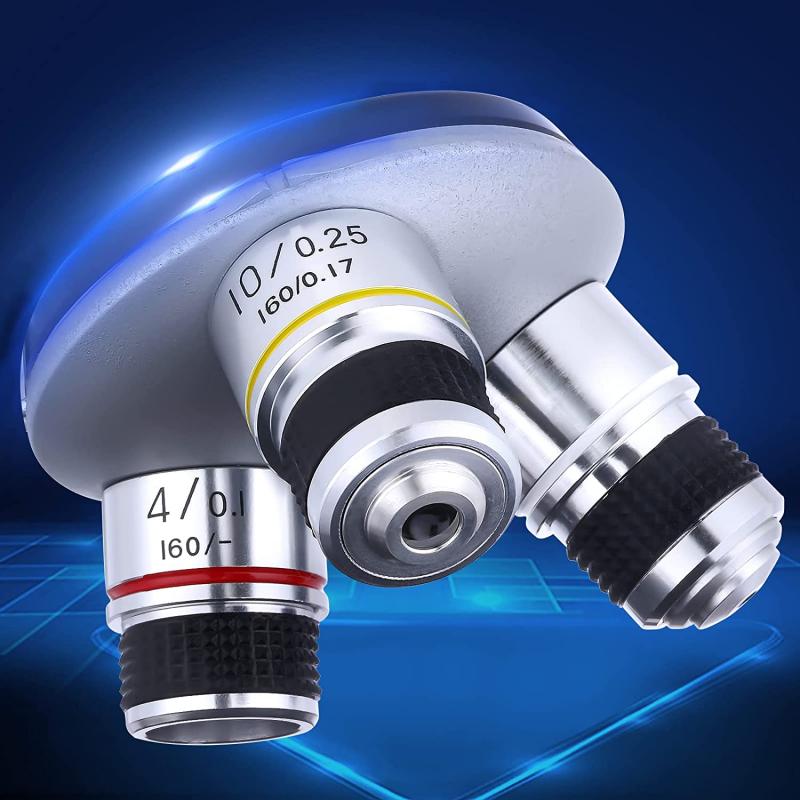
4、 Proper handling and care of microscope slides
Proper handling and care of microscope slides is essential to ensure accurate and clear observations under a microscope. Here is a guide on how to use a microscope, with a focus on handling and caring for microscope slides.
1. Preparation: Start by cleaning the microscope slides using a lint-free cloth or lens paper to remove any dust or debris. This will prevent interference with your observations.
2. Mounting the specimen: Place a small drop of the specimen (e.g., a liquid sample or a thin slice of tissue) onto the center of the slide. Carefully lower a coverslip onto the specimen, avoiding any air bubbles. Gently press down to ensure the coverslip is flat and secure.
3. Slide storage: Store slides in a slide box or slide rack to protect them from damage and dust. Keep them in a cool, dry place away from direct sunlight.
4. Handling: When handling microscope slides, hold them by the edges to avoid leaving fingerprints or smudges on the viewing area. This will help maintain the clarity of your observations.
5. Cleaning: After use, clean the slides with a mild detergent or alcohol-based solution. Rinse them thoroughly with distilled water to remove any residue. Dry the slides using a lint-free cloth or allow them to air dry.
6. Storage: Once clean and dry, store the slides in a clean slide box or rack to prevent contamination and damage.
It is important to note that the latest point of view emphasizes the use of disposable slides or coverslips whenever possible to minimize the risk of cross-contamination and ensure accurate results. Additionally, proper disposal of used slides and coverslips should be followed according to local regulations and guidelines.
By following these guidelines, you can ensure the longevity of your microscope slides and obtain clear and accurate observations for your scientific investigations. For more detailed information and practical demonstrations, you can refer to educational resources such as the "How to Use a Microscope" section on the BBC Bitesize website.
